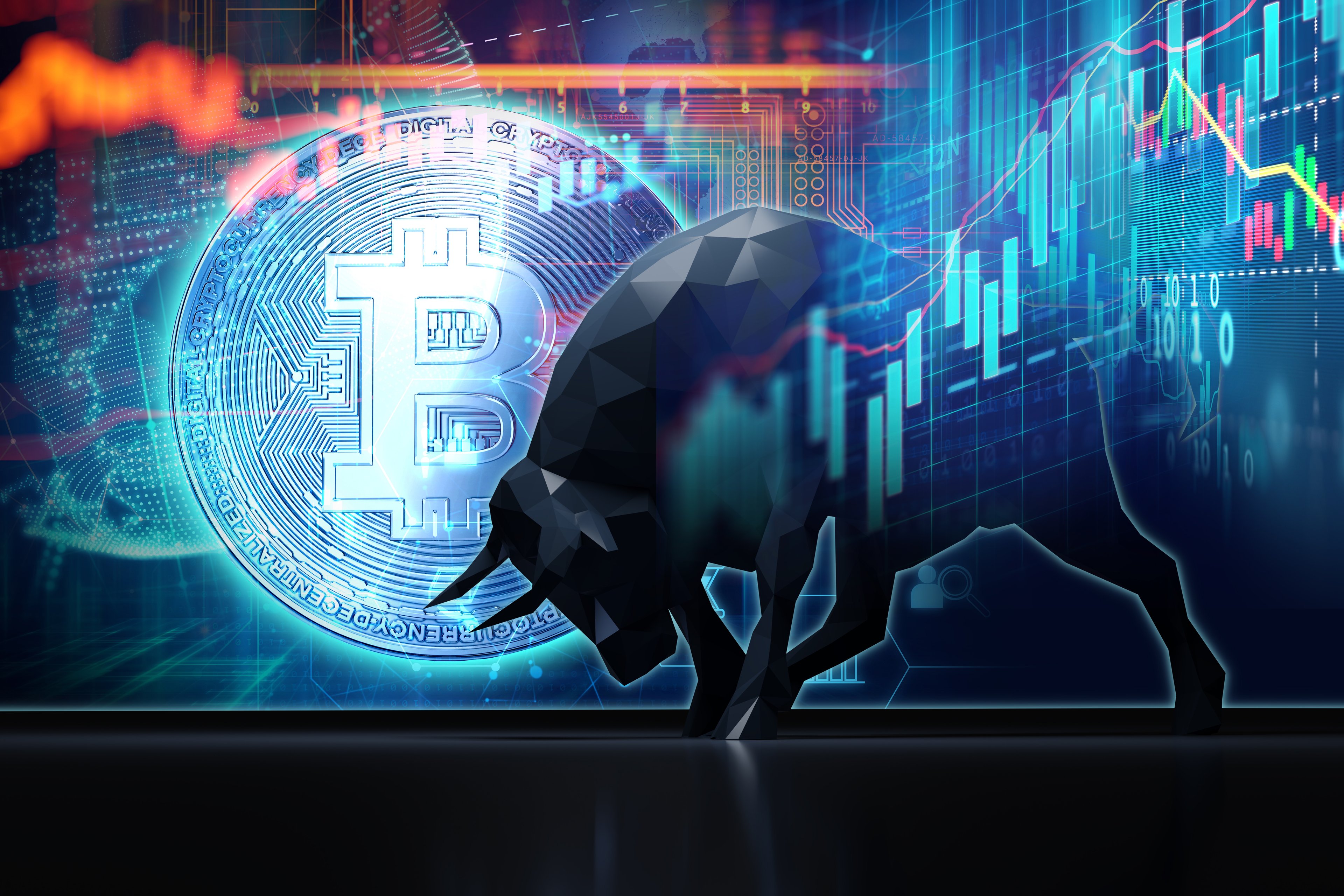There is a lot you could do with $6,500 -- put a down payment on a new car, buy a top-of-the-line gaming laptop, or even take an extended vacation somewhere warm and sunny. But if you used that cash to buy XRP (XRP +1.18%) in 2015, you would have a jaw-dropping $1,000,000 today. That's enough to stop working and earn more than the US's median income ($42,220) just from the interest on 30-year treasury bonds.
Of course, hindsight is 20/20; otherwise, we would all be rich. But while it is challenging to know which assets will generate such life-changing returns in the future, that won't stop us from trying. So let's dig deeper to see what the next five years might have in store for XRP.

CRYPTO: XRP
Key Data Points
A unique spin on the cryptocurrency industry
When San Francisco-based Ripple Labs launched the XRP blockchain in 2012, the cryptocurrency industry was very different from what it is today. Bitcoin, the original cryptocurrency, had launched just three years earlier, and people still didn't know what to make of the new asset class and how it could be useful in real life. XRP aimed to help bring this technology into the mainstream by disrupting the international payments market.
The developers realized that crypto represents an ideal bridge currency. Someone who wants to transfer U.S. dollars to South African rand can use their dollars to buy XRP and then use that XRP to buy rand, bypassing potentially slow and expensive centralized intermediaries.
Ripple designed their blockchain to prioritize everyday usability, with an average transaction time of just 3 to 5 seconds and low fees of just 0.00001 XRP, which is worth a fraction of a cent. For context, the average Bitcoin transaction costs $1.52 and takes 44 minutes to complete at the time of writing.
A lot has happened since 2012. New blockchains have become faster and cheaper than XRP. Meanwhile, dollar-pegged stablecoins, such as Tether, can often serve as better bridge currencies because of their fixed prices. That said, XRP's early-mover advantages give it a level of trust and mainstream acceptance that will be hard for new blockchains to beat. This edge is crucial in the often poorly differentiated digital asset markets.
Regulatory wins are a long-term tailwind
Regulatory wins are another long-term tailwind for XRP, which has faced intense legal scrutiny in previous years. However, under the Trump administration, the Securities and Exchange Commission (SEC) has backed away from regulatory enforcement to prioritize clarity. XRP's developer, Ripple, has benefited from this policy change.
In March, the SEC dropped its appeal against a 2023 ruling that decided that Ripple's sales of XRP to retail investors weren't classified as securities sales -- although sales to institutional investors still were. The company finally settled this case, agreeing to pay a fine of $50 million, reduced from $125 million.
Image source: Getty Images.
XRP is becoming a "blue chip" cryptocurrency
Over the next five years, regulatory clarity will be key to the further adoption of digital assets by institutional investors like pension funds, university endowments, and insurance companies. Often called "smart money," these sophisticated and well-heeled investors usually deploy huge volumes of capital for the long haul. They also tend to consider their positions carefully instead of panic-selling at the first sign of trouble.
Expect these buyers to gravitate toward XRP as it slowly becomes seen as a "blue-chip" cryptocurrency due to its relatively long history and mature, utility-focused design. That said, don't expect XRP to repeat the exponential growth it experienced over the last five years. Winding down the SEC lawsuit is a unique event with game-changing qualities.
The larger an asset becomes, the harder it is to keep growing rapidly. With a market cap of $135 billion, XRP is already quite large. If things go well, investors should look for steady, consistent growth instead of boom-and-bust volatility.







